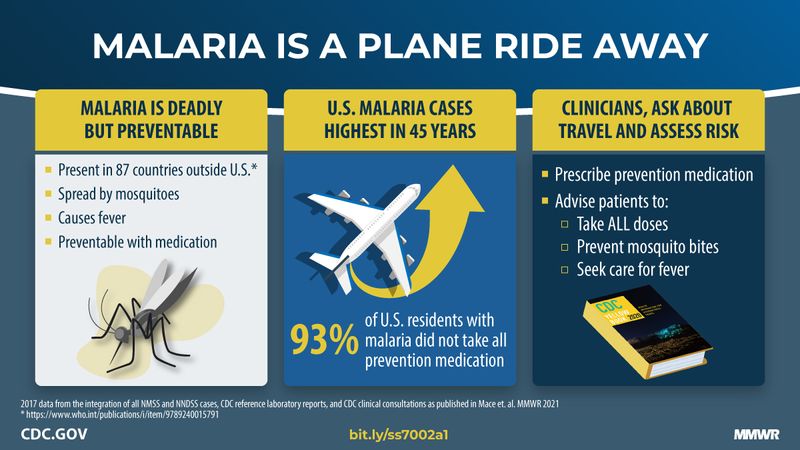Researchers warn of severe COVID-19 outcomes among pregnant women
Click Here to Manage Email Alerts
According to the Pan American Health Organization, more than 60,000 pregnant women in the Americas have been diagnosed with COVID-19, and 458 have died.
Two recent reports published in MMWR underscored the potential for severe outcomes among women with COVID-19.

Pregnant women and clinicians should be aware of the risks, including adverse pregnancy outcomes, and ways to prevent infection, said Miranda J. Delahoy, PhD, MSPH, a CDC Epidemic Intelligence Service officer embedded with the National Center for Immunization and Respiratory Diseases.

“Identifying COVID-19 during birth hospitalizations is important to guide preventive measures to protect pregnant women, parents, newborns other patients and hospital personnel,” Delahoy told Healio.
Underlying conditions common
According to a review of reported data from 13 states, from March 1 to Aug. 22, approximately 25% of hospitalized pregnant women aged 15 to 49 years in the U.S. had COVID-19 — a total of 7,895 women, Delahoy and colleagues reported. Among the 598 hospitalized pregnant women with COVID-19 included in the study, around 55% were asymptomatic. Of these women, 577 reported their race, and 42.5% were Hispanic, whereas 26.5% were Black.
Among the 272 who were symptomatic at hospital admission, 16.2% of them were admitted to the ICU and 8.5% needed invasive mechanical ventilation.
Pregnancy trimesters were reported among 596 women — 14 women (2.3%) were in their first trimester, 61 women (10.2%) were in their second trimester and 521 women (87.4%) were in their last trimester.
Among 324 women with hospital admission data, 74.7% were hospitalized for obstetric indications, 18.8% for COVID-19-related illness and 6.5% for other reasons.
“The most common reason for admission during the first or second pregnancy trimester was COVID-19-related illness (56.8%), and during the third trimester, obstetric indications (81.9%),” Delahoy and colleagues wrote.
About one-fifth of hospitalized pregnant women with COVID-19 had at least one underlying medical condition — asthma (8.2%) and hypertension (4.3%) were the most common.
Symptomatic patients were more frequently symptomatic in their first or second trimester (84%) compared with women in their third (39.9%) trimester. Among the symptomatic women, 16.2% were admitted to the ICU, 8.5% required invasive mechanical ventilation and two women died. None of these events occurred in asymptomatic women who were pregnant.
Among 458 completed pregnancies, there were 448 live births and 10 miscarriages, therapeutic abortions, or stillbirths. These outcomes were experienced by symptomatic and asymptomatic women, Delahoy and colleagues reported.
Because the study detected only pregnancy losses that occurred during the COVID-19–associated hospitalization, “the reported rate of pregnancy loss may be lower than the percentage of pregnancy losses that occur among all pregnant women with COVID-19,” Delahoy said.
“Monitoring of pregnant women with COVID-19, including those without symptoms, is important to understand how the virus affects mothers and newborns, and to guide prevention strategies,” she said.
The authors recommended that pregnant women continue to receive prenatal care, avoid close contact with persons with confirmed or suspected COVID-19 and take general preventive measures, including wearing masks and practicing hand hygiene.
High rate of premature births, stillbirths
In a second study, Lakshmi Panagiotakopoulos, MD, an infectious disease pediatrician at the CDC, and colleagues reported outcomes from 105 pregnant women with COVID-19 who were hospitalized from March 1 to May 30.
Of the 105 women, 41% were hospitalized for COVID-19 and the remaining were hospitalized for obstetric reasons. Of the obstetric admissions, 80% had COVID-19, but were asymptomatic.
The prevalence of preterm delivery was 15.1% overall and 12.2% among live births — nearly 70% higher than is typical. The prevalence of stillborn birth was 3.2%, more than four times higher than usual.
References:
- PAHO. Epidemiological update: Coronavirus disease (COVID-19) – 18 September 2020. https://www.paho.org/en/documents/epidemiological-update-coronavirus-disease-covid-19-18-september-2020. Accessed September 22, 2020.

